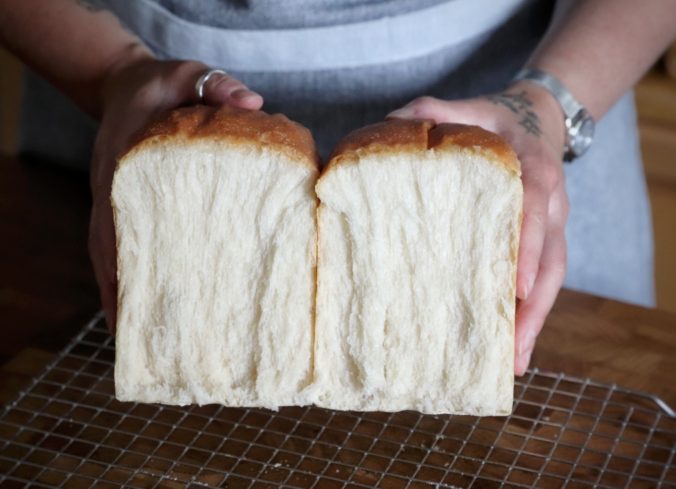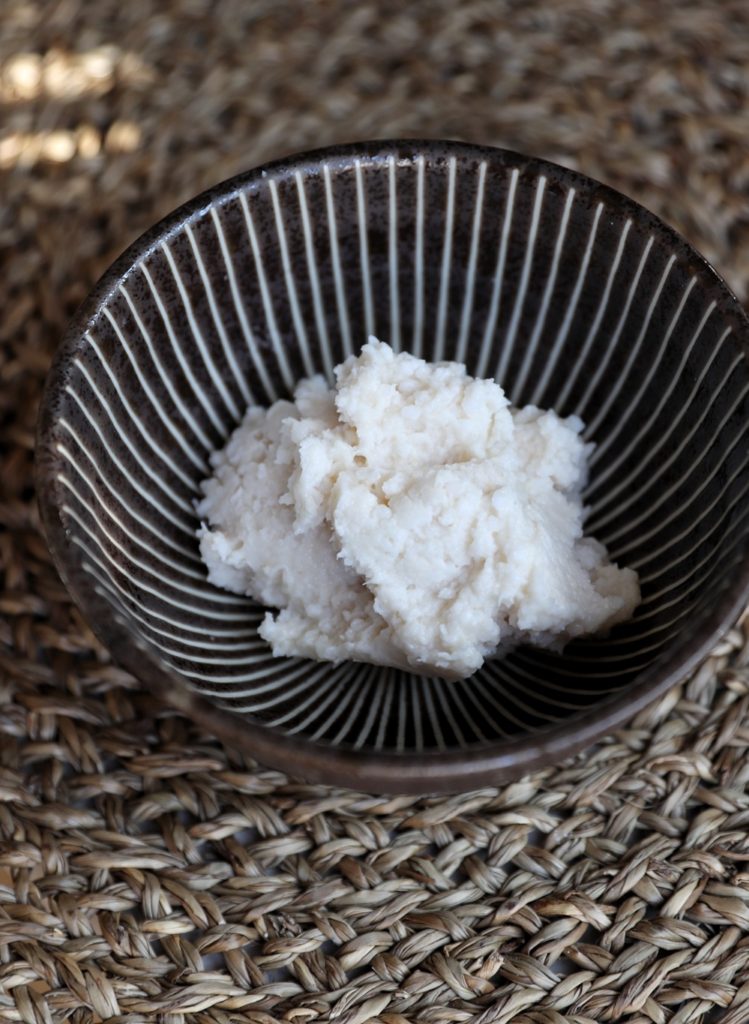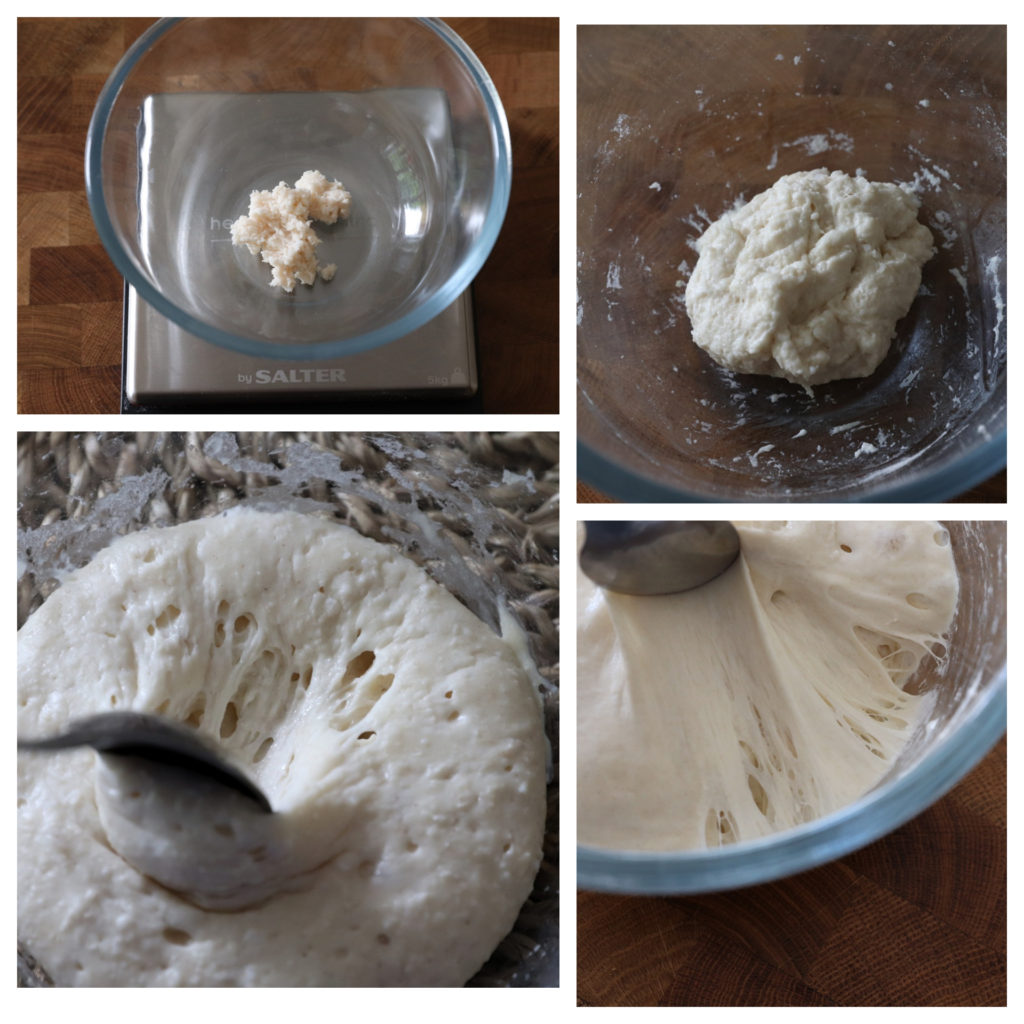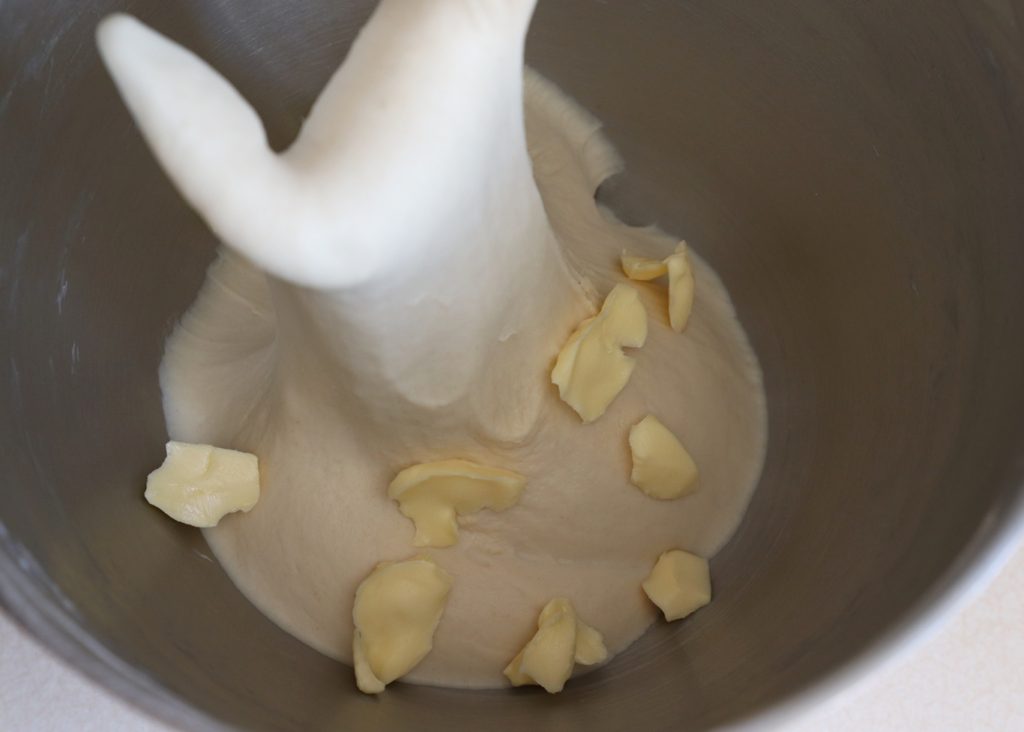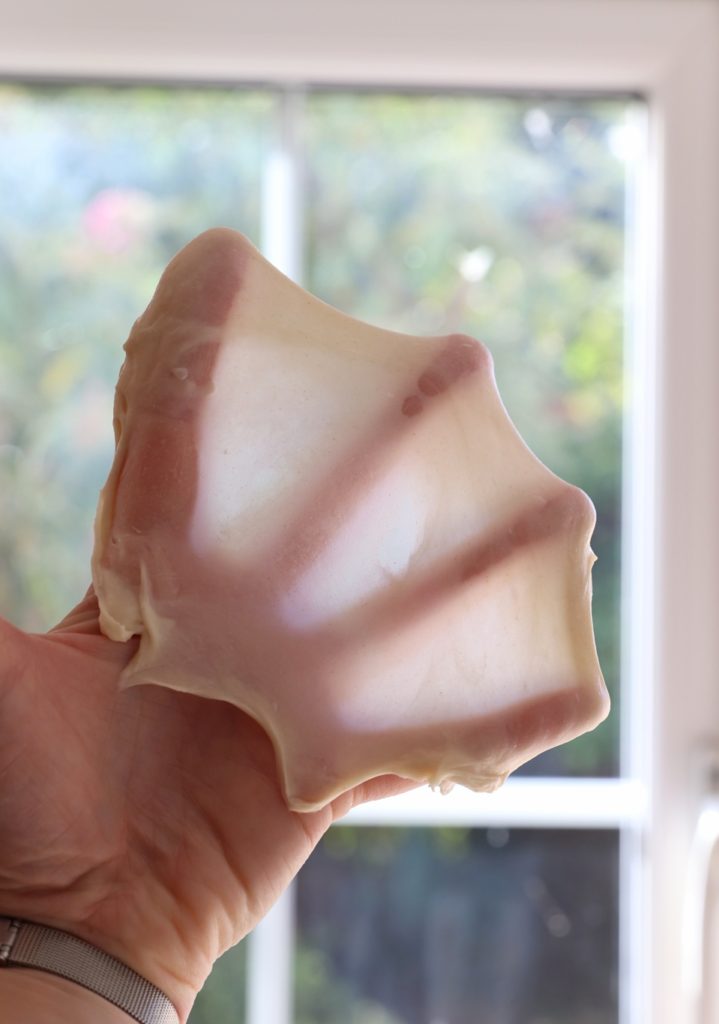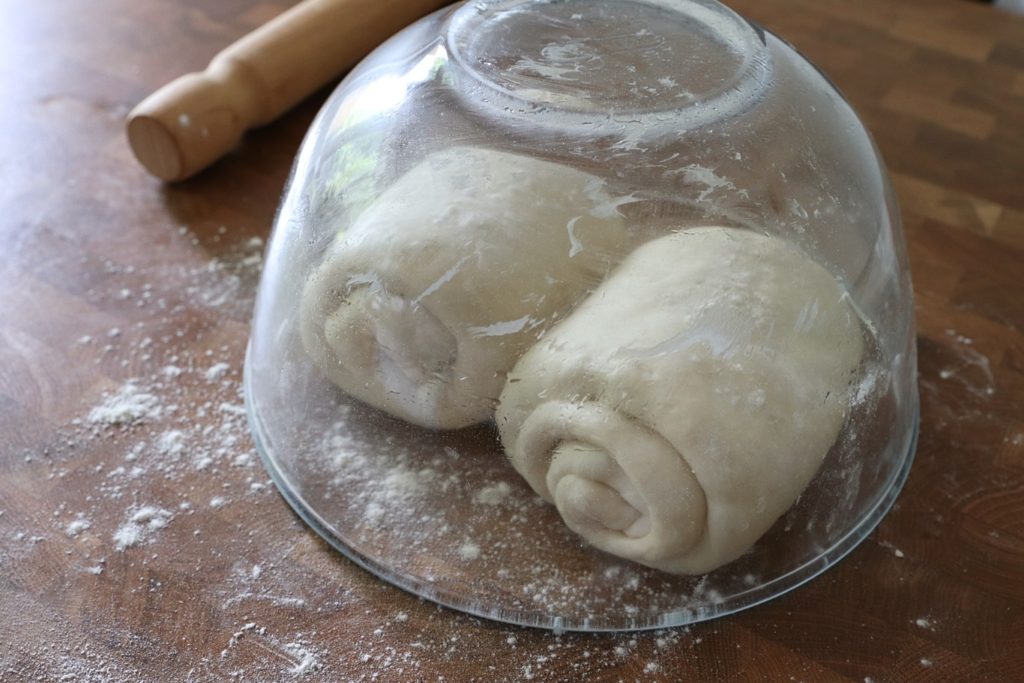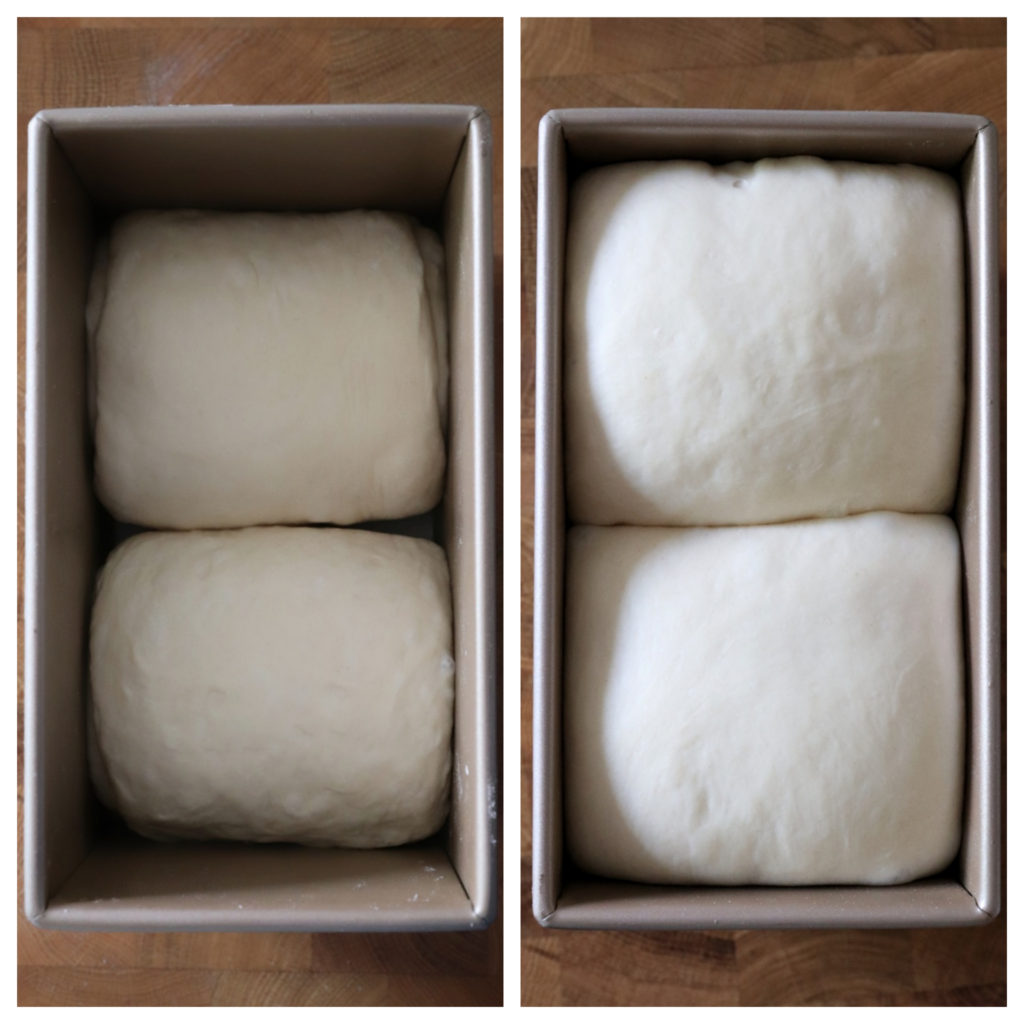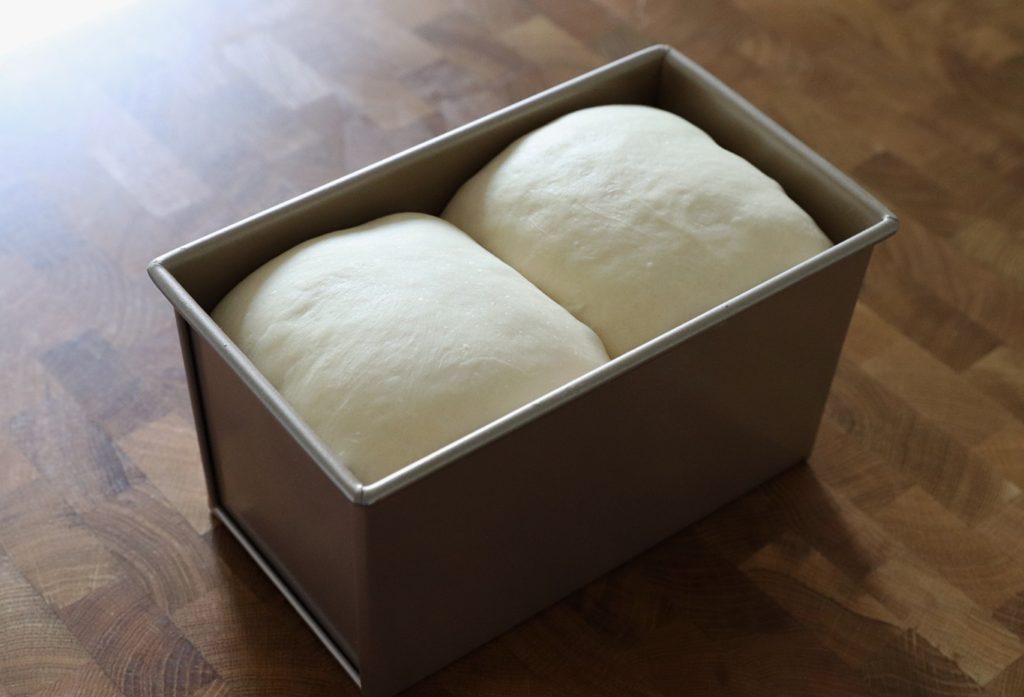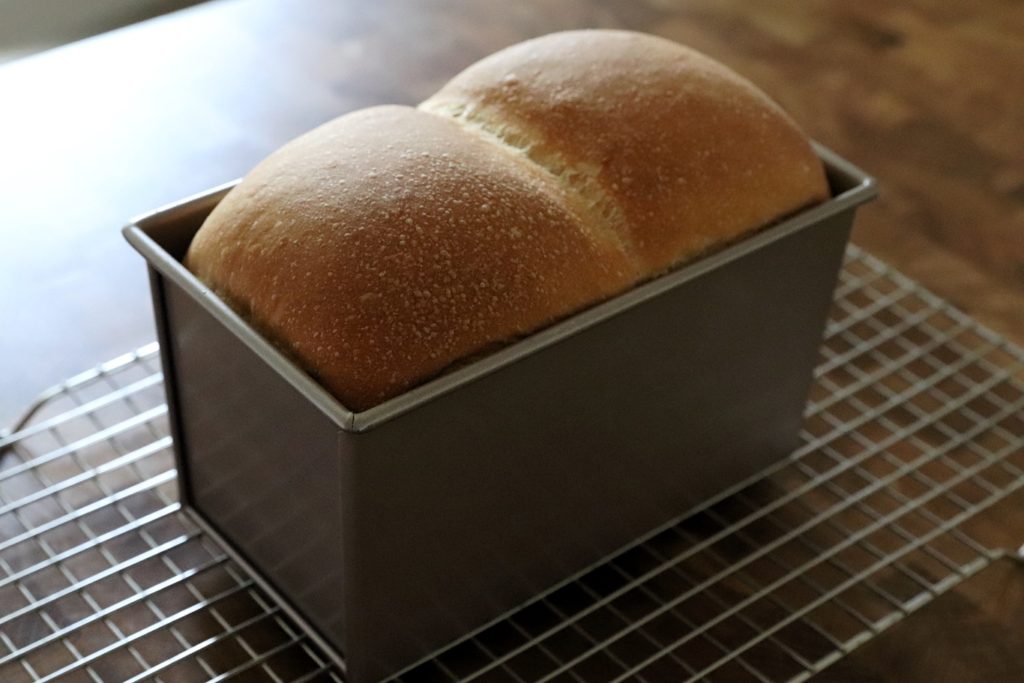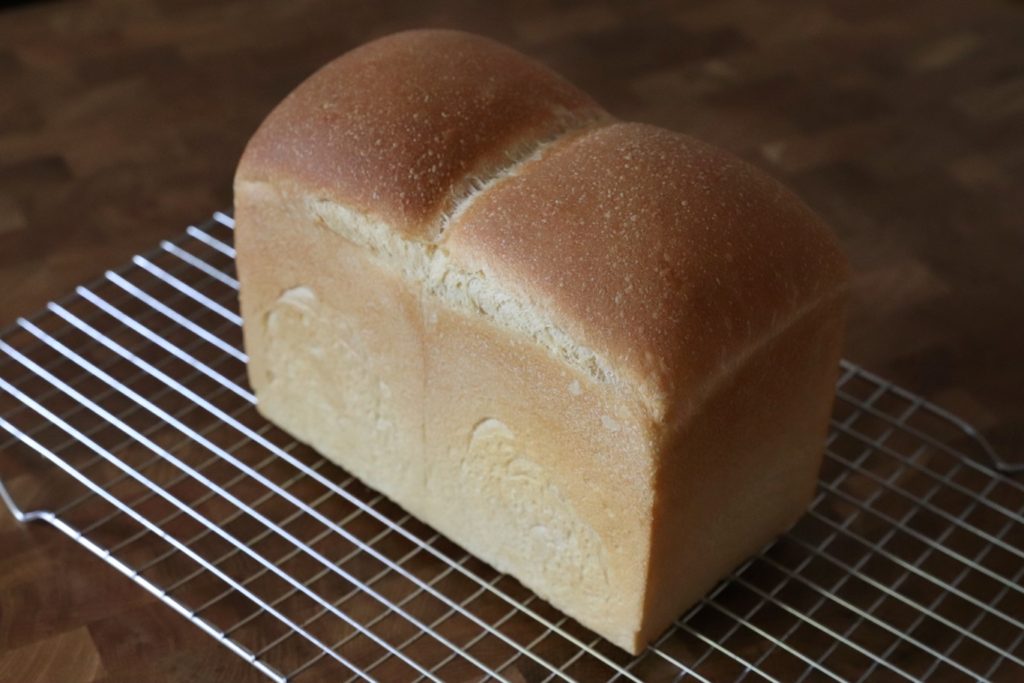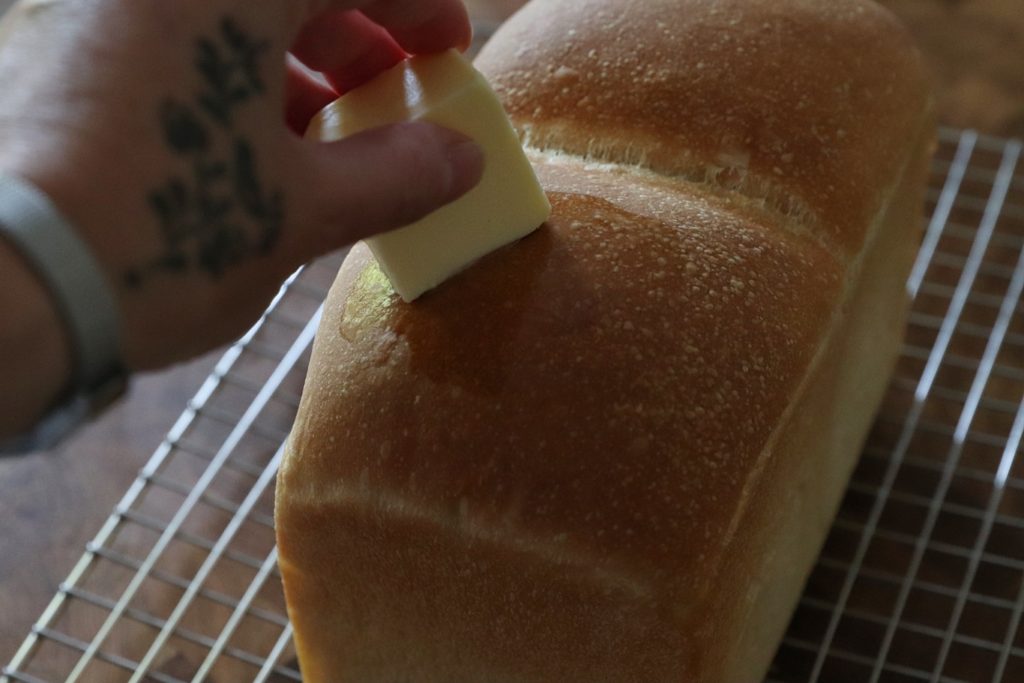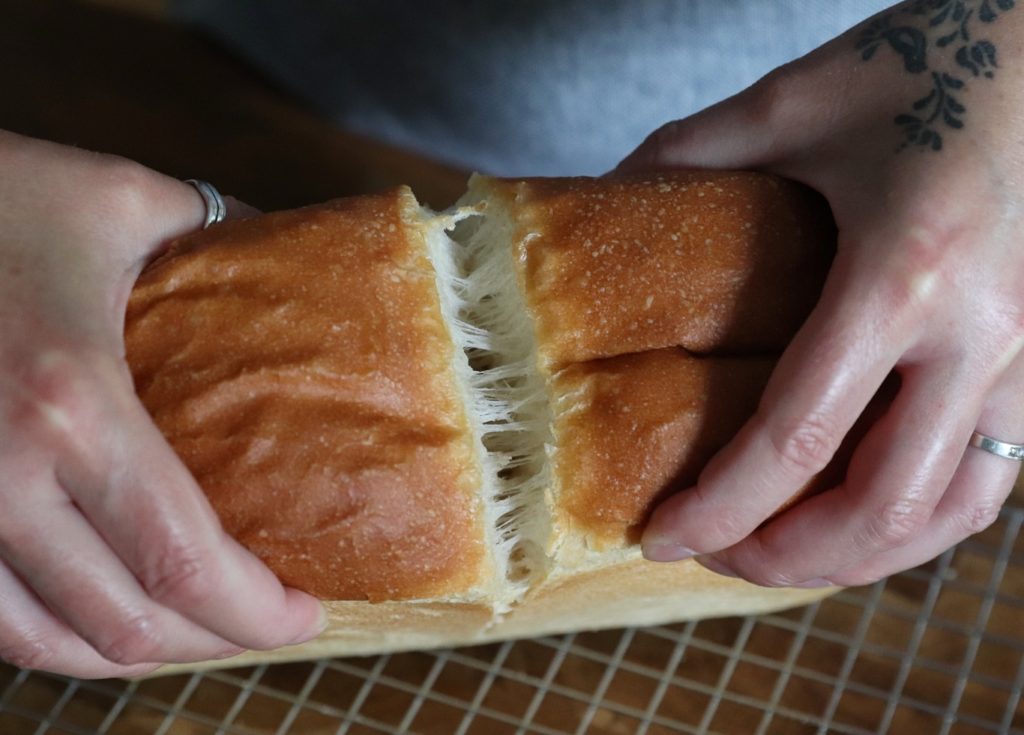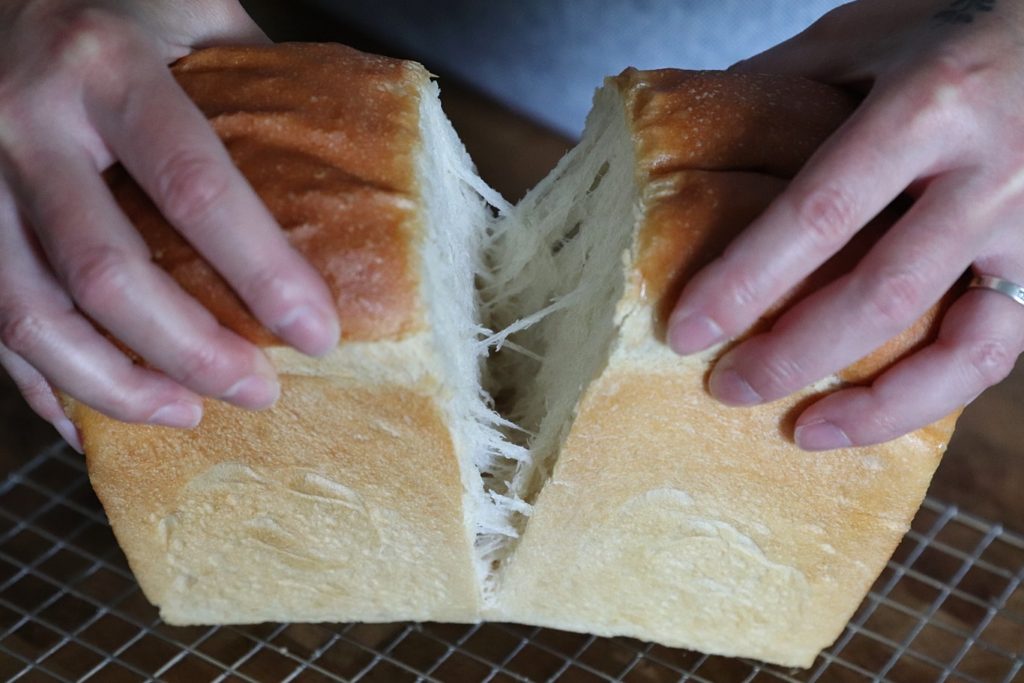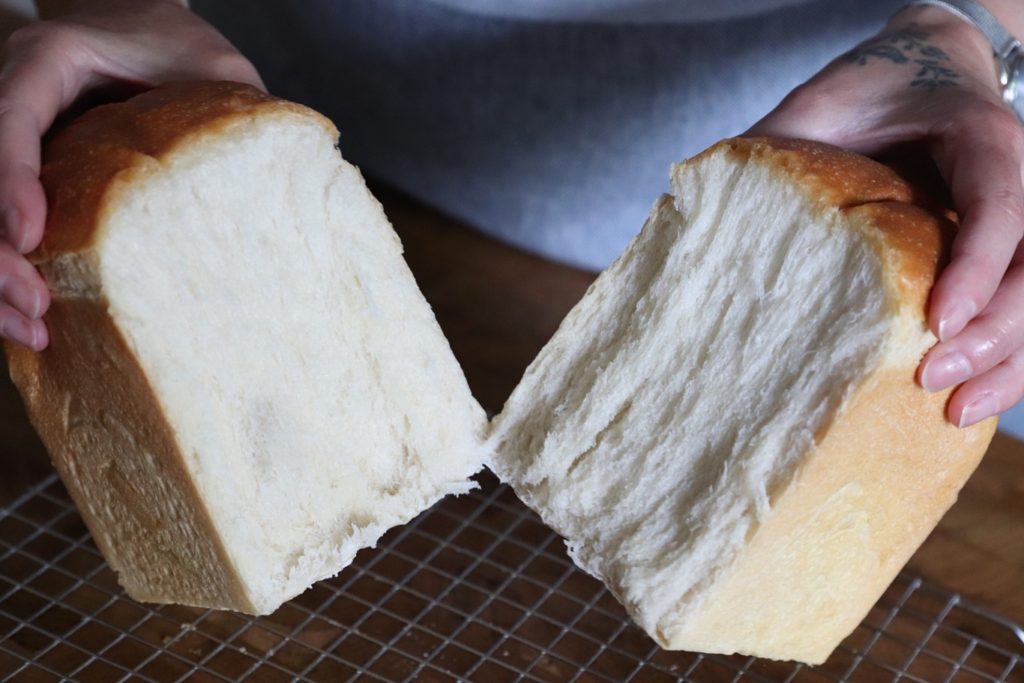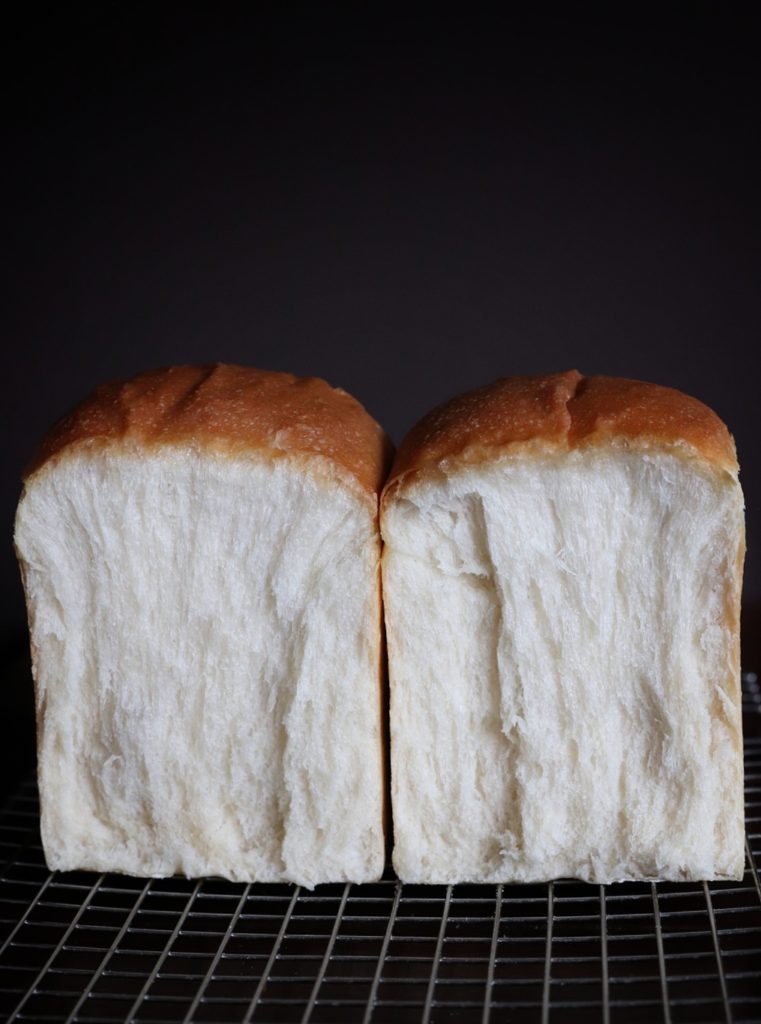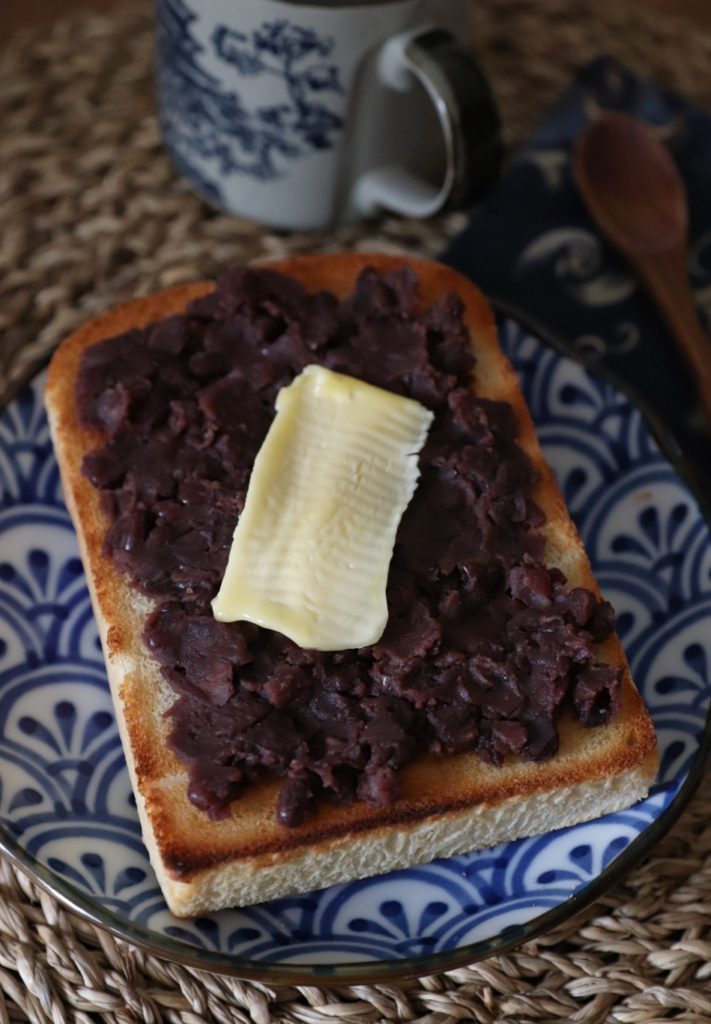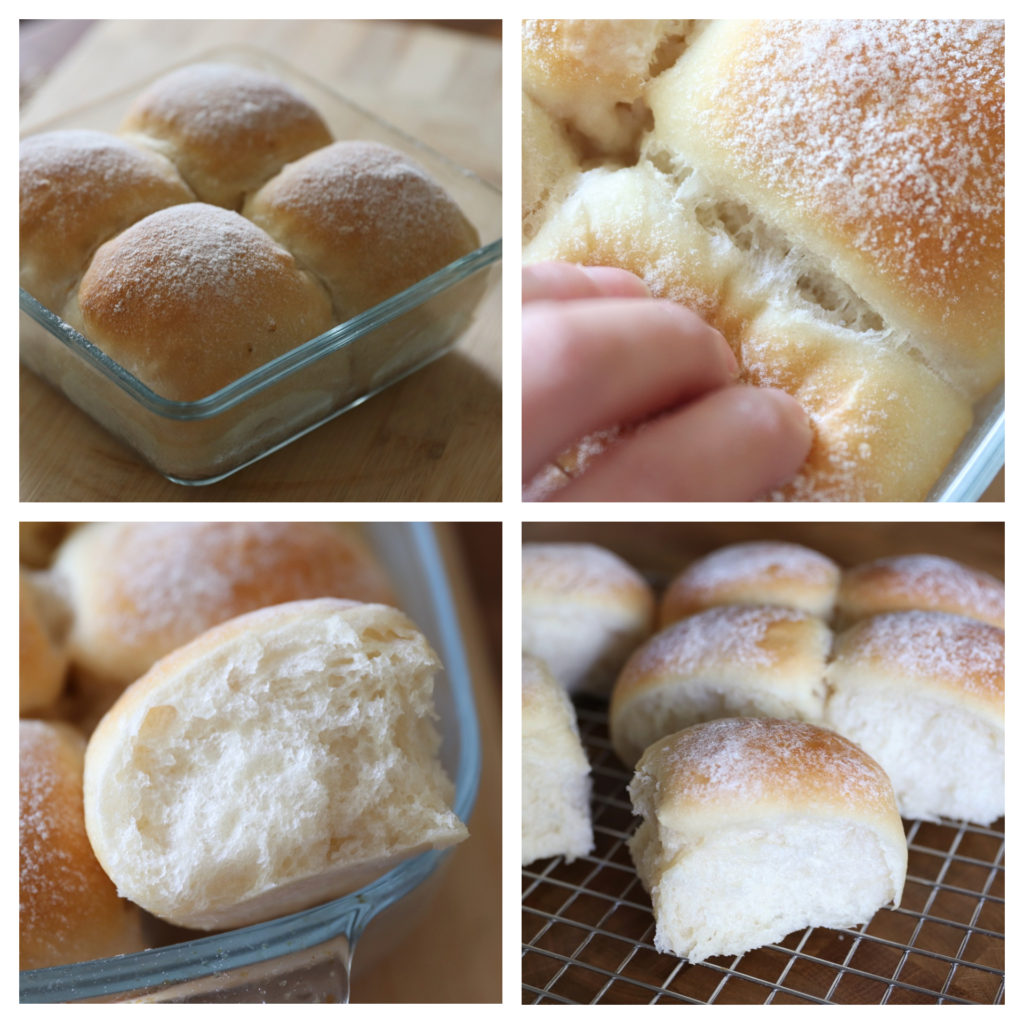You may don’t understand a word but “soft” from the title, but no worries end of this post you will know what I’m talking about. In this post I will show you how I make my very soft sake kasu shokupan.
If you follow me on the blog / Facebook or on Instagram, than you know that big part of my culinary interest is fermentation. I love the Japanese fermentation methods and I’m learning and practicing them as much as I can. During my learning journey I met with koji and I absolutely fell in love with it. It has opened many doors front of me and made my fermentations even more interesting in the last 1,5 – 2 years.
I have made many koji batches and used them in different misos, soy sauces, mirin, amazake, sake just to mention a few. My kitchen and now living room as well has so many ferments all around amd maybe I’m wierd but looking at them makes me feel good.
In my earlier blog post you could learn about shio, shoyu koji and amazake. In this one you can read about the sake kasu and how I’m using it to make delicious and soft Japanese shokupan. Sake kasu or sake lees is the by-product of the sake production, the leftover fermented rice mass after pressing the sake. It is a wonderfully aromatic and flavour rich living thing that has a lot of potential as a cooking or baking ingredient. Sake lees is rich in vitamins, enzymes and live cultures like yeast and bacteria.
In Japan, the home of the sake, this ingredient is very common and can be found in nearly any supermarkets in fresh or dried form. Japanese people don’t like to waste anything so they build it in, in their everyday life. I totally agre and respect the “no waste” philosophy and I practice it too. Most of the sake lees is used by the cosmetic industry, as the kasu apart from the tons of healt benefits has anti-aging properties too.
During the sake making process the koji’s enzymes break down the starch into sugar, that the added sake yeast will transform into alcohol. The pressed sake kasu contains a large amount of yeast that makes it perfect to use in baking. I started to make my own naturally fermented cloudy sake, so I have always sake kasu on hand.
I bake very delicious breads adding the sake kasu directly into the dough. In this case the rice particles can be seen in the dough, but will disappear at the end of the baking. I also made sake kasu starter in a couple of days feeding it 3 times a day. In this post I will show you how I used this method.
But what is shokupan? Japan’s most loved and common soft white bread that baked in a Pullman bread tin with or without lid. Shokupan in an English translation means “eating bread”. I baked it many times as it a perfect soft sandwich bread for a quick lunch or makes a delicious toast for breakfast with a nice cup of coffee.
Sake kasu shokupan
To make the recipe you will need a rectangular shaped Pullman loaf pan. I used a 19cm×12×11 cm size tin that can bake a bread made out of 450g flour. I really recommend using a mixer. As the dough needs a long and intense kneading to reach the “cotton candy” like soft interior. I made the recipe by hand kneading too, but I could never reached the desired texture, although it was always beautiful and soft.
For the sake kasu starter I only used 15g of lees and I fed it 2 or 3 times a day ( depends on the weather and temperature) for two days.
Here is an example. On the day afternoon I mix 15g sake kasu + 15g water + 15g flour ( white bread flour ). Next day morning I feed the starter with 45g water + 45g flour. Now I have 135g of starter. To not produce to much I take out 90g ( can be used for pancake ) and I only feed the leftover 45g again with equal quantity of water and flour. So the next morning I will have the right amount for my sake kasu shokupan.
By the morning of the third day the starter tripled in size and it smelled really nice! The recipe will work perfectly by adding the sake kasu straigh to the dough too ( on the last picture on this page the little rolls were made with this method ).
Recipe:
- 430g high protein content flour (I used Marriage’s very strong white bread flour, 14,9% protein content)
- 135g sake kasu starter or 80g sake kasu
- 165g cold milk from the fridge
- 120-140g room temperature water ( depends on the flour water absorbency )
- 25g sugar
- 8g salt
- 35g room temperature butter
- Sift the flour into the mixing bowl and add the rest of the ingredients apart from the butter. Start kneading it on medium low speed for about 10 minutes. The dough should come together and have a nice soft texture. Add in the butter i two batches and continue kneading for about 10-15 minutes.
- The dough has to pass the “windowpane” test, meaning pulling the dough paper thin whitout tear ( see the picture above ). Put the dough in a lightly oiled bowl and place it in a warm place to proof until it’s double in size. I use my Brod & Taylor bread proofer set to 28C, and for me that took 5 and a half hours.
- Divide the dough by 2 equal pieces and flat tham out to about a 20 × 30cm rectangular sheet, meanwhile pressing as much air out as much you can. Fold the shorter side of the rectangular to the 2/3 of the dough and fold the other side onto the previous one. This way you should have a long rectangular shape. Start rolling up thightly from the shorter side and rest them both covered for half an hour ( see the pictures above ).
- Basically you need to repeat the same process for the final shape. After that place the rolled dough in the lightly oiled baking tin and put it back to the warm place to proof again until it’s reach the top of the tin or it’s doubled in size
- Heat up the oven to 180C and place a pot with hot water in to, this will create steam and help the ovenspring while baking. Bake it for 45-50 minutes or until the core temperature reaches the 95C.
- Take out from the tin, place it on a wire rack and brush the top with butter.
Soft cotton candy like texture, slightly sweet flavour without the sourness. Perfect for sandwiches and also for a toast with anko and butter and a nice cup of coffee on the side…
Soft sake kasu rolls:
If you like to make soft rolls, all you need to do is devide the dough to a 60g pieces and make small dough balls out if them. Place them 1cm apart from the other on a baking tray and proofe them again until they double in size. Bake them in a 175C preheated oven for about 18-20 minutes.
Enjoy!
